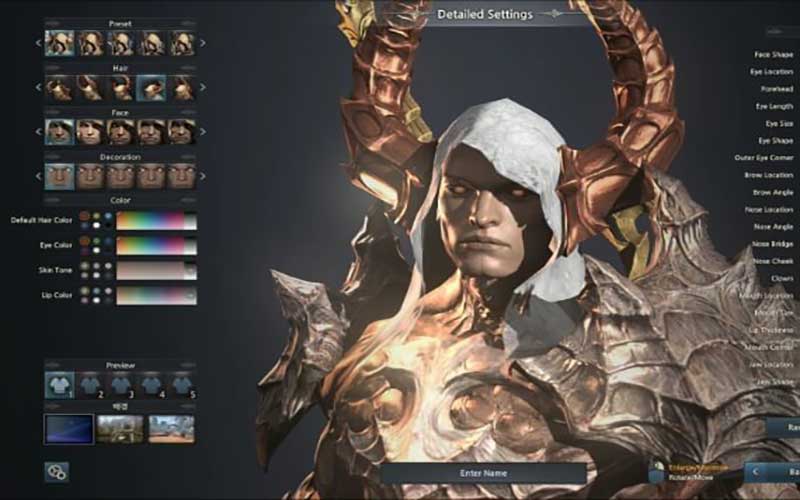
While this isn’t exactly unheard of for RPGs, the fact that the static dialogue and quest chat are often completely at odds with one another creates for a strange, disconnected questing experience. Every time the player interacts with an NPC, they are subjected to the NPC’s static dialogue, before moving into the quest-based chat through dialogue prompts. The player advances through the story by doing a bunch of small, pointless errands that plod along through phoned-in cutscenes and boring text chat that is quite possibly the most frustrating form of MMO questing to date.


However, outside of these strategy combat instances, Kingdom Under Fire 2 completely falls apart. Which can save you from having to put up with a slow, clunky party matching system. There is also good news for solo players in that many of the story-based multiplayer instances can easily be handled by a single skilled player. Helps that switching between both modes is nearly seamless, so you can toggleīetween the hero-controlled active combat and the more traditional RTS

The constant running between NPCs to exchange approximately one to three lines of dialogue per interaction with occasional breaks to murder a few monsters out in the open world is punctuated periodically by the RTS “dungeons.” These 1-4 player missions are often castle siege or defence scenarios where the player can switch between an aerial RTS mode and hero-based active combat depending on their playstyle and situation.īenefits to both playstyles which makes the gameplay at least fun. The combination of game genres and formats leaves KUF 2 as a boring, grindy mess of fetch quests and extermination missions that feels interminable.

The hybrid nature of Kingdom Under Fire 2 is as fascinating as it is limited.


 0 kommentar(er)
0 kommentar(er)
